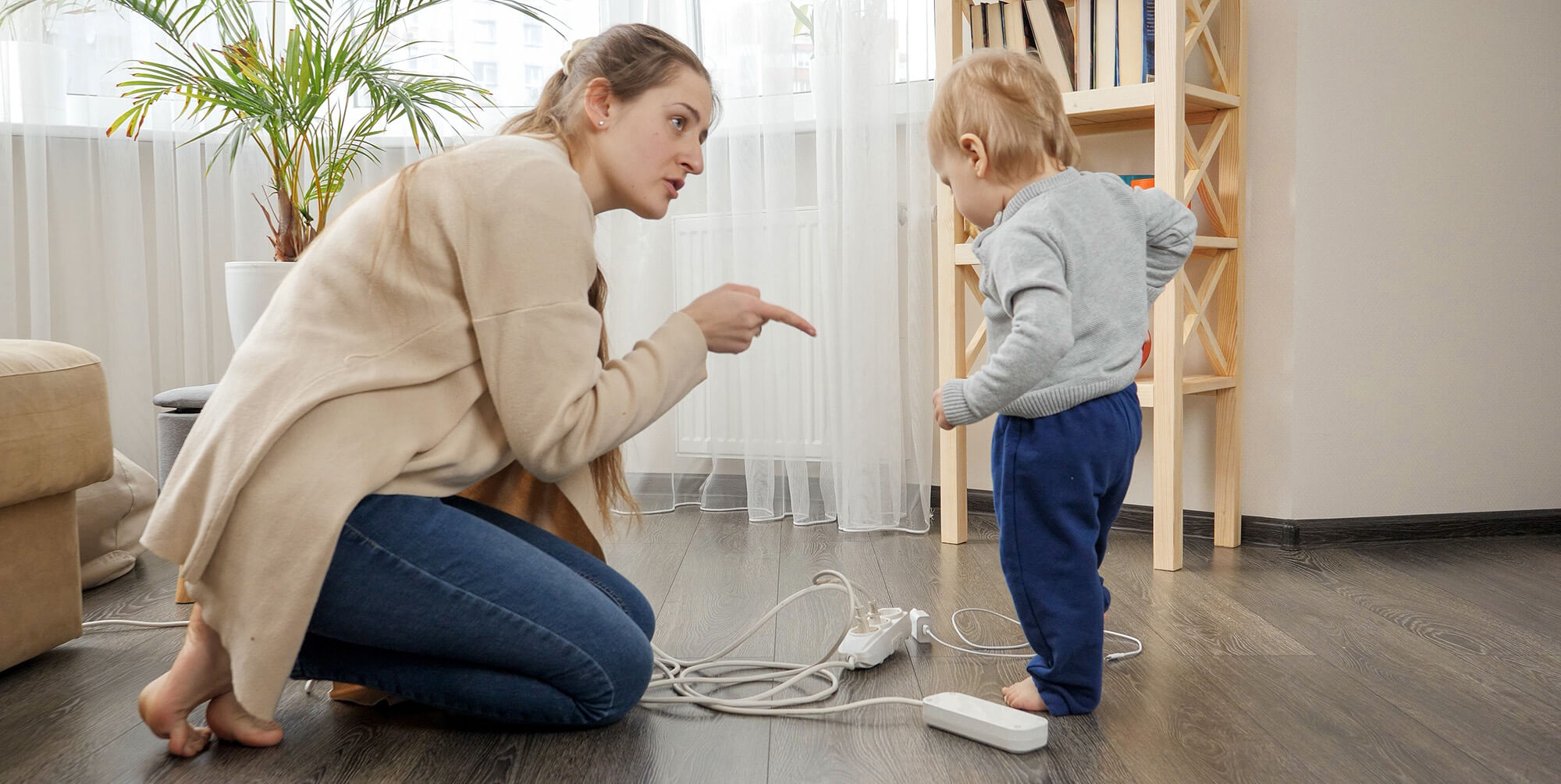 Best Electrical Safety Practices for Your Home
Best Electrical Safety Practices for Your Home
Best Electrical Safety Practices for Your Home
Posted
by
Gillespie Electric, Inc.
on Saturday, November 2, 2024
Electricity powers our homes, making daily life more convenient and efficient. However, improper handling of electrical systems can lead to hazards such as fires, shocks, and serious injuries. Understanding and applying best practices for electrical safety is essential for maintaining a secure home environment. Below, we explore comprehensive guidelines for ensuring electrical safety in your household.
1. Conduct Regular Inspections
Ensuring the safety of your home starts with routine inspections. This proactive approach helps identify potential hazards and avoid costly repairs.
- Inspect wiring and outlets: Over time, wires can degrade or become frayed, increasing the risk of electrical fires. Check for any signs of discoloration, scorch marks, or strange sounds when plugging in devices.
- Test outlets regularly: Use a plug-in circuit tester to ensure that outlets are functioning correctly. If an outlet doesn’t work or sparks when used, it should be examined by a qualified electrician.
- Examine cords and plugs: Ensure that cords are not frayed or damaged. Replace damaged cords immediately and avoid using them until they’re repaired.
2. Do Not Overload Circuits
One of the most common electrical safety mistakes is overloading circuits. Overloading occurs when too many appliances are plugged into the same circuit, causing it to overheat and potentially start a fire.
- Limit the number of high-wattage appliances: Avoid plugging multiple high-wattage appliances into a single outlet or power strip.
- Use power strips with circuit breakers: These strips can help prevent overloading by cutting off the flow of electricity if the power draw becomes too high.
3. Keep Electrical Devices Away from Water
Water conducts electricity, which makes it crucial to prevent electrical devices from coming into contact with moisture.
- Install Ground Fault Circuit Interrupters (GFCIs): GFCIs automatically shut off power if they detect a sudden spike in electrical flow, making them essential in bathrooms, kitchens, and outdoor areas.
- Avoid handling electrical devices with wet hands: Simple practices like drying your hands before using electrical appliances can help prevent electrical shocks.
- Keep devices at a safe distance: Ensure that hairdryers, electric shavers, and other bathroom appliances are kept away from sinks and bathtubs.
4. Understand the Warning Signs
Electrical issues often come with warning signs. Knowing what to look for can help prevent major accidents.
- Frequent circuit breaker trips: If your circuit breaker trips often, it could indicate that the circuit is overloaded or that there is a short somewhere.
- Flickering or dimming lights: This may be a sign that the electrical wiring is faulty or that a particular circuit is under stress.
- Burning smell or warm outlets: If you notice a burning odor or if an outlet feels warm to the touch, it’s crucial to stop using it immediately and call an electrician.
5. Use the Right Light Bulbs
Using the wrong type of light bulb can overheat the fixture, creating a potential fire hazard.
- Check the recommended wattage: Every light fixture has a maximum wattage. Ensure that the bulb you use matches the fixture’s specifications.
- Switch to LED bulbs: LEDs use less energy and produce less heat, making them safer than traditional incandescent bulbs.
6. Keep Cords Organized and Protected
Cords that are left in disarray can create multiple hazards, including tripping risks and fire potential.
- Avoid running cords under carpets: Cords under rugs can overheat and create a fire hazard.
- Secure cords to prevent damage: Keep cords away from high-traffic areas and use cord organizers or clips to secure them along walls.
- Unplug appliances when not in use: This helps prevent them from drawing "phantom" energy and reduces the risk of overheating.
7. Teach Children Electrical Safety
If you have children at home, educating them on the basics of electrical safety is crucial.
- Use outlet covers: Invest in tamper-proof outlets or simple plastic outlet covers to prevent children from inserting objects into electrical sockets.
- Explain the dangers of electricity: Teach children to never touch outlets, electrical cords, or appliances without adult supervision.
- Keep small appliances out of reach: Ensure that items like toasters, irons, and other potentially hazardous appliances are placed out of a child’s reach.
8. Hire Qualified Electricians for Repairs
DIY electrical repairs can be dangerous unless you have significant expertise. For most major issues, it’s best to seek professional assistance.
- Avoid complex electrical work: Rewiring, panel upgrades, and major installations should be performed by licensed electricians to ensure safety and compliance with local codes.
- Ask for certification: When hiring an electrician, make sure they are certified and have a solid reputation.
9. Stay Prepared for Emergencies
Even with the best precautions, emergencies can happen. Having a plan in place can make all the difference.
- Keep a fire extinguisher handy: Ensure that you have an appropriate fire extinguisher in the kitchen and any areas where electrical equipment is concentrated.
- Know how to shut off power: Familiarize yourself with your home’s electrical panel and know how to cut off the power if necessary.
- Develop an emergency response plan: Make sure all members of the household know what to do in case of an electrical fire or severe shock.
Conclusion
Ensuring electrical safety in your home doesn’t have to be complicated. By taking simple, preventive measures and staying aware of potential hazards, you can create a safe environment for you and your loved ones. Regular inspections, smart practices like using GFCIs, and knowing the warning signs of electrical trouble will help keep your home running smoothly and safely.
Prioritize these best practices to protect your home and family from the risks associated with electrical mishaps.
Categories:
Residential Electric
|
Electrical Safety
Tagged: Electrical Safety, General Safety